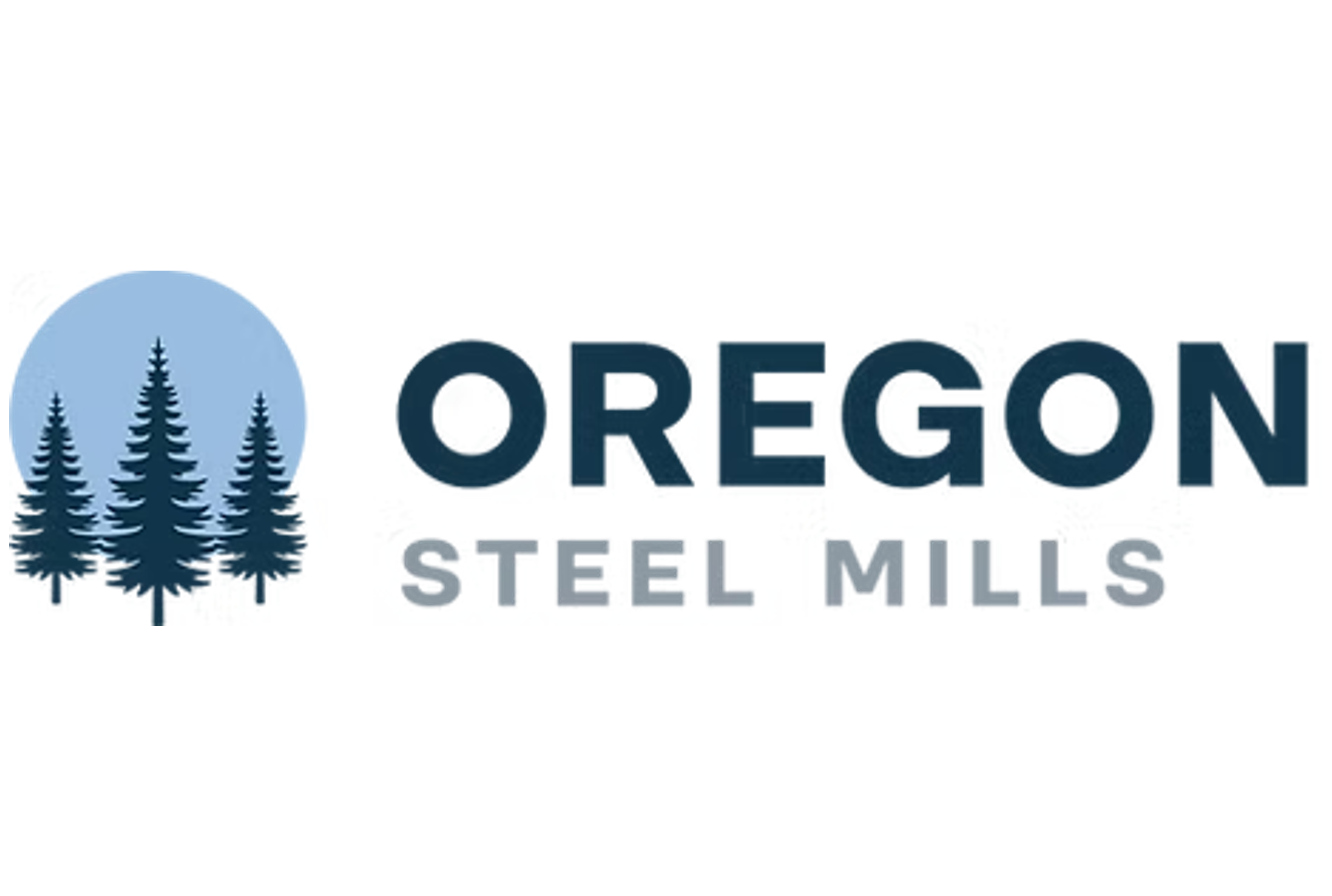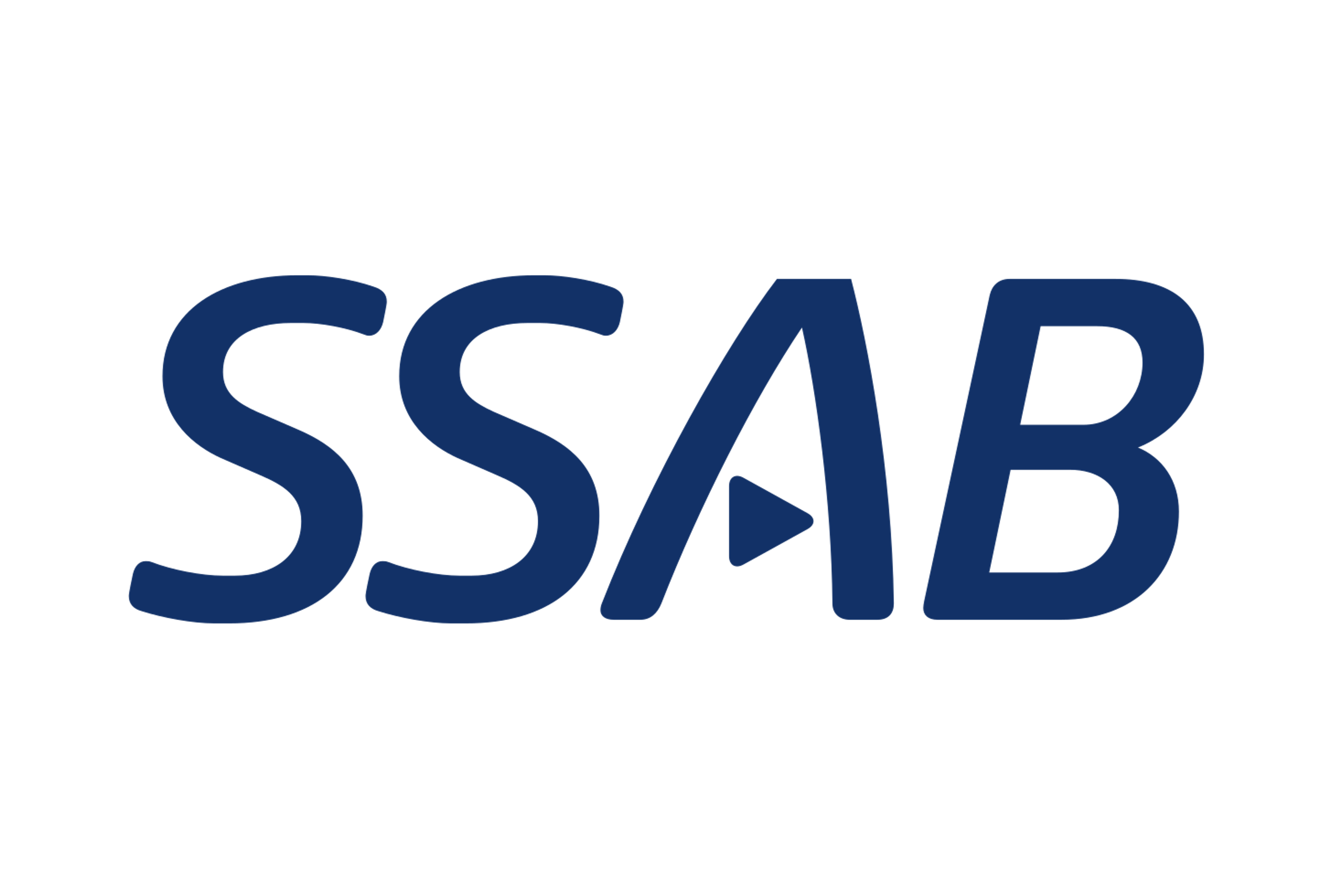Prices

May 20, 2022
CRU Aluminum: The LME Seeks More Transparency on OTC Trading
Written by Greg Wittbecker
By Greg Wittbecker, Advisor, CRU Group
The London Metal Exchange announced plans on May 13th to require its members to make weekly reports of their over-the-counter (OTC) transactions to the Exchange. It also set an unusually short consultation period of two weeks for member response.
This action is in direct reaction to the debacle in the LME nickel contract. Recall that prices spiked 250% in March, leading the Exchange to suspend daily trading. It then decided to cancel trades at the highest prices and to enforce strict daily price limits in the nickel contract.
![]()
The Exchange has come under intense criticism from many sides, not the least of which were those participants on the long side of the nickel contract, who saw massive paper profits erased by LME intervention.
In taking this action on reporting, the LME seeks to improve its surveillance of its contracts and raise transparency in its contracts. It is hard to argue against this desire.
Transparency must be a core value of any functioning commodity market
Over the years, the LME has slowly increased the transparency of its traded contracts by providing more data to market participants. This has included the publishing of off exchange metal inventories to show those inventories near LME warehouses; the Banding Reports that show the concentration of open positions amongst participants; and increased reporting of warehouse-queues. All these measures, plus the new proposed measured on OTC, have a common denominator: to give market participants more visibility to who is trading what, where, and when. The goal is to provide everyone with equal access to data that enables them to understand the risks they are entering into on the LME when choosing to buy or sell one of the listed contracts.
No one has suggested limiting OTC trading. In fact, OTC trading provides huge, necessary liquidity to functional markets. However, the nickel problem demonstrated that unreported OTC trades can have huge negative effects on markets, especially when a massive, undisclosed OTC short position is allowed to be built up. The LME’s desire to require reporting of such trades is NOT an attempt to prevent participants from entering them. It is an attempt to make the entire market aware of their existence and of the volatility risks that are inherent with them. The same would be true if a massive OTC long position were created.
Some of the major OTC participants have already argued that they effectively DO report such trades, as they may “lay off” the other side of the trade on the LME. That may or may be true.
What the LME is proposing makes common sense. They are not trying to tie the hands of any OTC participants. They simply want those trades reported weekly, so that the rest of the market can be aware of them.
The LME and its participants have always prided themselves on providing the maximum amount of financial flexibility to the market. That is clearly a good thing, but with that freedom comes responsibility. Asking OTC participants to report weekly volumes is not a “big ask,” and it might head off intervention by regulators with even more strident requirements. More importantly, the LME takes a crucial step in reassuring participants in the integrity of its contracts and discourages them from seeking alternative means to manage price risk.
Request more information about this topic.
Learn more about CRU’s services at www.crugroup.com





